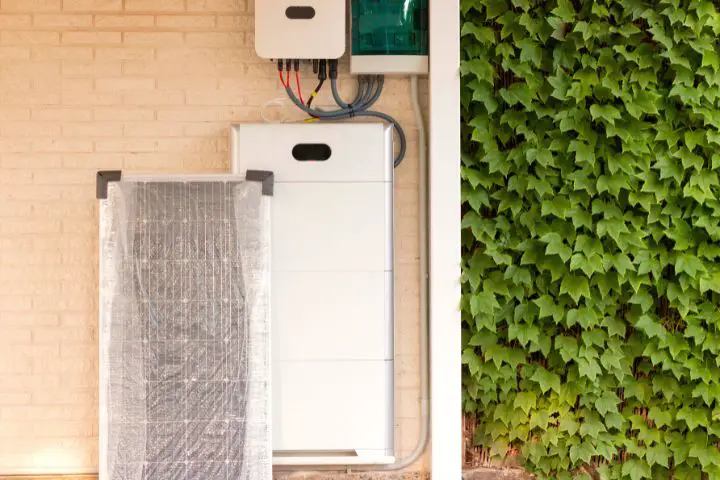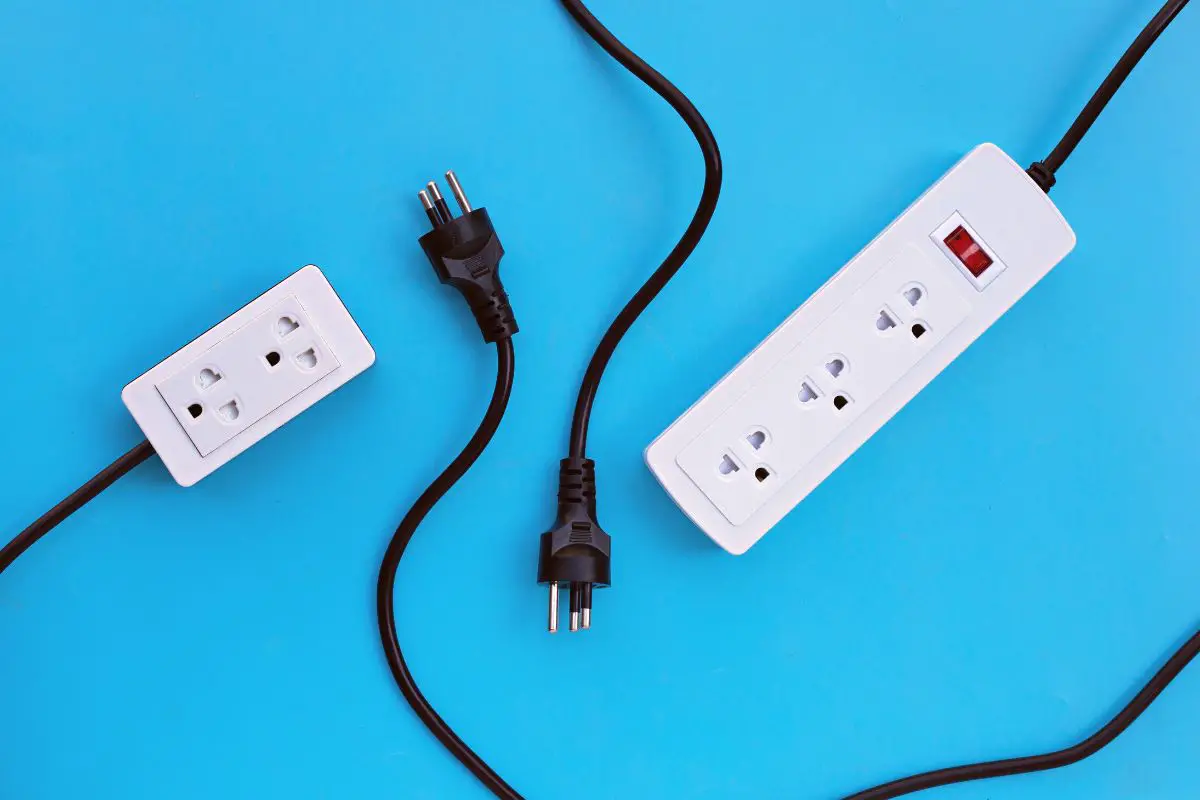Evaluating Your Energy Needs: How Battery Storage Can Help You
Picture this: You arrive home after a long day at work, hoping to unwind and relax. As you step inside, you’re greeted by the comforting glow of lights and the soothing hum of your appliances. It’s a scene we often take for granted, but have you ever stopped to evaluate your energy needs? Understanding and managing your energy consumption is a crucial step towards achieving efficiency, sustainability, and even cost savings.
In today’s rapidly evolving world, where climate change concerns and unpredictable power grids are becoming commonplace, it’s more important than ever to evaluate our energy needs. Of course, the rise of solar and wind has opened up new avenues for households and businesses to generate their power independently. At the same time, it also has driven a search for new and innovative ways to store the excess energy generated. Enter battery storage like one that’s installed by a Tesla Powerwall certified installer– an advanced energy management solution that offers you the ability to store energy to be used later on. These devices are now considered crucial components of any solar and wind-powered energy systems, giving users the flexibility to use the energy they generate when and where they need it.
This blog post will equip you with the knowledge and insights you need to evaluate your energy needs properly and tailor battery storage technology to meet those requirements. Read on to learn more.
Understanding Energy Needs
Energy needs are the fundamental requirements for powering our daily lives, encompassing the electricity and fuel necessary to run our homes, businesses, and essential devices. Recognizing and evaluating our energy needs is vital for ensuring a reliable and sustainable energy supply. First, let’s delve into the factors that influence energy needs and then discuss some of the challenges involved in meeting them consistently and efficiently.

Here are the factors that influence energy needs:
- Household Size: Larger households typically require more energy to power additional appliances, lighting, and heating or cooling systems. The number of occupants directly correlates with the demand for energy.
- Appliances and Electronic Devices: The appliances and other electronic devices you own also contribute significantly to energy needs. The types, quantities, and energy efficiency ratings of these devices influence overall energy consumption. Energy-intensive appliances like refrigerators, air conditioners, water heaters, and washing machines can substantially impact energy needs.
- Climate: Moreover, climate plays a crucial role in shaping energy demands. Extreme temperatures, whether hot or cold, necessitate more energy for heating or cooling purposes. Regions experiencing harsh winters or scorching summers tend to have higher energy needs compared to moderate climates.
By considering all these factors, you can gain a clearer understanding of your energy needs and make more informed decisions when it comes to energy management.
Meeting Energy Needs Consistently and Efficiently: The Challenges
Meeting one’s energy needs consistently and efficiently poses various challenges. The reliance on traditional fossil fuel-based energy sources has environmental implications, contributing to greenhouse gas emissions and climate change. Additionally, these sources are finite and subject to price volatility, making energy costs unpredictable.
The intermittent nature of renewable energy sources, such as wind and solar power, adds complexity to energy supply. Their generation depends on weather conditions, leading to fluctuations in energy availability. Balancing energy demand and supply becomes more challenging when relying on these intermittent sources.
Furthermore, outdated infrastructure and insufficient grid capacity can limit energy distribution and hinder efficient supply. Inadequate transmission and distribution systems may result in power outages or voltage fluctuations, impacting the stability and reliability of energy provision.
Navigating these challenges necessitates strategic energy planning, considering alternative energy sources, and implementing energy management solutions that optimize energy usage and incorporate storage technologies such as battery storage.

Meeting Energy Needs With Battery Storage
Battery storage systems offer a range of benefits when it comes to fulfilling our energy needs efficiently and sustainably. Let’s explore how battery storage can provide energy cost savings, ensure a reliable power supply, and integrate seamlessly with any renewable energy source.
- Energy Cost Savings
Battery storage helps reduce energy costs by optimizing energy usage and mitigating high electricity prices. During periods of low electricity demand or when renewable energy generation exceeds consumption, battery systems store excess electricity for later use. This stored energy can be utilized during peak demand periods, reducing the need to draw electricity from the grid at higher rates.
- Reliable Power Supply
Battery storage plays a crucial role in providing a reliable power supply, particularly during outages or grid disruptions. By storing energy, battery systems act as a backup power source, ensuring uninterrupted electricity supply to critical loads and essential devices. This is particularly valuable for households, businesses, and institutions that require a continuous power supply for medical equipment, security systems, and other vital applications.
The importance of reliable power cannot be overstated, especially in scenarios where lives, safety, and productivity are at stake. Battery storage offers a dependable energy solution that bridges the gap between intermittent renewable energy sources and consistent power supply, enhancing overall system resilience.
- Integration With Renewable Energy Sources
Battery storage systems seamlessly complement renewable energy generation, such as solar or wind power. As renewable energy sources are intermittent, their electricity generation fluctuates with weather conditions. Battery storage allows for the capture and storage of excess renewable energy produced during peak generation periods. This stored energy can be discharged when renewable energy production is low, ensuring a consistent and reliable power supply.

The advantages of coupling solar or wind power with battery storage are manifold. First, it maximizes the utilization of renewable energy, minimizing curtailment and avoiding wasted potential. Second, battery storage enables greater self-consumption of generated renewable energy, reducing dependence on the grid. Finally, it provides a way to overcome the variability and intermittency challenges associated with most renewable energy sources, enhancing the overall reliability and stability of the energy system.
Considerations for Implementing Solar Battery Storage
Implementing battery storage systems requires careful consideration of various factors to ensure optimal performance, cost-effectiveness, and longevity. Here are the key considerations to make:
- System Size and Capacity
Determining the appropriate battery storage capacity is crucial to meet your specific energy needs effectively. Consider factors such as your daily energy consumption, the peak demand periods, and your desired backup power duration. By analyzing historical energy usage patterns and load profiles, you can estimate the capacity required to support your energy demands adequately.
When selecting a battery storage system, several factors should also be taken into account. Evaluate the battery technology options available, such as lithium-ion or flow batteries, based on their energy density, efficiency, cycle life, and scalability. Additionally, consider the physical space available for installation and the system’s size and configuration to ensure a suitable fit for your location.
- Cost
Exploring the initial investment and potential return on investment is essential when considering battery storage. While the upfront costs may be higher compared to traditional energy solutions, it’s crucial to assess the long-term benefits, such as energy cost savings and potential revenue generation through grid services. Consider factors like avoided peak demand charges and time-of-use pricing optimization.

Don’t forget to investigate available incentives or rebates for battery storage installations. Many regions offer financial incentives or tax credits to encourage the adoption of energy storage technologies. So, research local government programs, utility initiatives, and renewable energy policies to identify potential financial support options that can offset a portion of the installation costs.
- Maintenance and Lifespan
Understand the typical lifespan of battery systems and factor in replacement considerations. Battery lifespan varies depending on factors such as battery chemistry, usage patterns, and environmental conditions. It’s important to plan for eventual battery replacement and consider warranty terms and coverage when selecting a system. Evaluating the cost and availability of replacement batteries is crucial to ensure the long-term viability of the energy storage solution.
Routine maintenance is also important to ensure the optimal performance and longevity of battery storage systems. Regularly monitor and inspect the system for any signs of malfunction, degradation, or safety issues. Follow the manufacturer’s guidelines for maintenance tasks, which may include monitoring battery health, cleaning, temperature management, and verifying the proper functioning of the battery management system. Periodic professional inspections can help identify and address any potential issues promptly.
By carefully assessing system size and capacity, considering cost implications, and planning for maintenance and lifespan, you can make informed decisions when implementing battery storage systems that align with your energy needs and goals.
Final Thoughts
Understanding your energy needs will reveal that consistently and efficiently meeting these requirements can be challenging. This is where battery storage systems come into play, serving as a valuable tool to address the challenges.

Battery storage systems contribute to energy cost savings by reducing reliance on the grid during peak demand periods. They enable time-of-use pricing optimization and peak shaving, allowing you to reduce your energy expenses and take advantage of favorable pricing. Additionally, battery storage systems provide a reliable power supply during grid outages, ensuring uninterrupted operation of critical applications such as medical equipment or home security systems.
Moreover, battery storage systems complement renewable energy sources, such as solar or wind power. They help address renewable energy generation’s intermittent nature by storing any excess energy during high production periods and only releasing it when needed.
As technology advances and renewable energy adoption continues to grow, battery storage will play an increasingly important role in shaping the future of the energy landscape.






